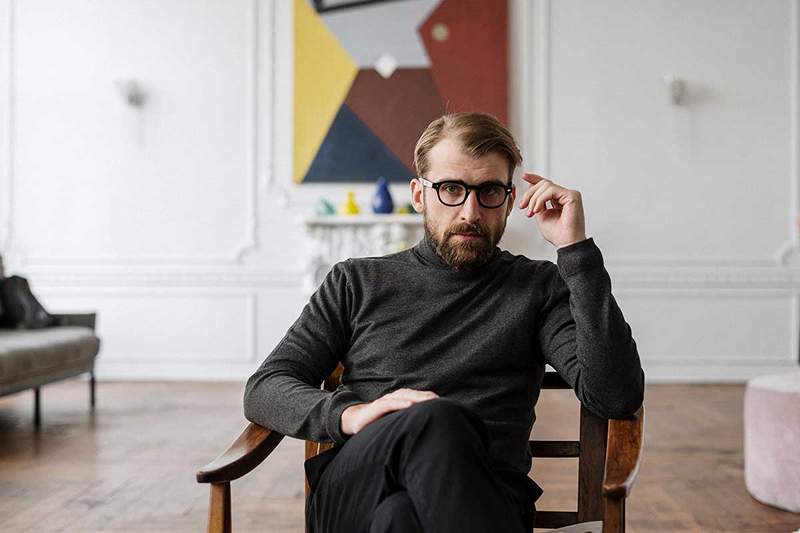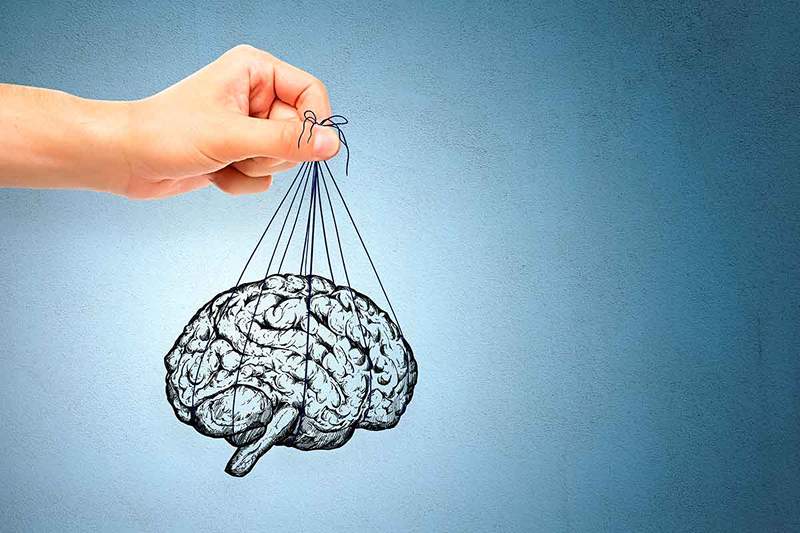Psychology and psychoanalysis two concepts that should not be confused

- 4049
- 1303
- Jeffery Jones
It is a common mistake to believe that every psychologist is necessarily a psychoanalyst and, therefore, confuse psychology with psychoanalysis. However, this is not so, they are two different concepts and here we will tell you why.
We anticipate that Psychology is a broad science, psychoanalysis a theory that covers a small portion of it. What makes this confusion common is that psychoanalytic therapy is the most commonly applied, but it is important to know that it is not the only.
Keep reading, we will explain why psychology and psychoanalysis are not the same.
Content
Toggle- Psychology
- origins
- Psychoanalysis
- Two different concepts
- Sources
Psychology
Our beloved Psychology is a science, one that belongs to Social Sciences Group. It focuses on the analysis of human beings behavior and seeks to understand mental processes in all their dimensions (cognitive, affective and behavioral).
The word psychology comes from the Greek: "psycho"It means soul or mental activity, while"lodge"It means study. That is, the decomposed word indicates that this science is dedicated to studying mental activity or soul.
origins
Psychology is based as an independent science by detaching themselves from philosophy around the 18th century. It is a relatively new science, as you can see.
It was Wilhem Wundt who, in the nineteenth century, founded the first experimental psychology laboratory in Germany and, thus, plant based scientific bases for this science that just began to emerge. According to Wundt, studying the human mind required experiments to specifically do science.
This is how psychology opened as an experimental and empirical science. Although, from there in more, science was expanding and various currents emerged within it, all with different objectives. For example:
- Cognitive psychology, that studies the processes of the mind.
- Social psychology, that studies how our thoughts and feelings are influenced by the people with whom we relate.
- Neuropsychology, that studies human behavior in relation to cognitive injuries or disorders that affect brain activity.
- Clinical psychology, that studies mental disorders for treatment. Within it there are different types of treatments, each focused to treat various problems, such as TCC, systemic therapy and psychoanalytic therapy and is precisely, psychoanalysis our topic of interest today.
Psychoanalysis
As they may have advanced, psychoanalysis is one of the currents within clinical psychology, but it is not science itself.
The term was created and coined by Sigmund Freud, the famous Austrian neurologist, in 1896 to name the particular method of psychotherapy and research that he implemented to treat hysteria and neurosis in those times. Although his theory was then much more than that.
Not only psychoanalysis is a theorization about the functioning of the human mind, but also this proposes a method to treat psychic problems and investigate them. Freudian theory raises the existence of a psychic apparatus divided into three sectors: consciousness, preconscious and unconscious.
According to this theory, in consciousness all our ideas and thoughts that we identify would be housed, in the preconscious there would be ideas that are not present in our consciousness at all times but that, with a little remembrance effort, we can bring to it. Now, Sigmund Freud's fundamental discovery is that of the unconscious.
This last sector of the psychic apparatus, separated from the preconscious (that is, of those thoughts we easily access) by censorship, contains ideas that if they go through our mind we could not tolerate. Thoughts that our psyche does not support to have and that is why they are repressed, staying in the unconscious and, therefore, becoming inaccessible to thought.
Thus Freud poses, that hysteria and other psychic conditions would occur due to the forces of the unconscious that seek to reach consciousness to make themselves known and should do so disfigured to cross the censorship that moves them away from our thinking. And, throughout his work, he proposes different treatment techniques for conditions, starting with hypnosis to derive in the free association technique, where he proposed to his patients to talk freely until he found some point of the talk in which the unconscious of the patient let himself be transluded.
Freud's work was long and hard and, over the years, he made adjustments in his theory, but always staying on these bases.
 Carl Jung's 12 personality archetypes
Carl Jung's 12 personality archetypes Two different concepts
At this point they will have already been able to verify what we were looking for here. Psychology and psychoanalysis tend to be confused with each other, and this is above all because Psychoanalysis is a therapeutic technique used in clinical psychology. It is very important.
Before starting a psychological treatment, it is necessary.
Sources
- BLEGER, J. (1969). Theory and practice in psychoanalysis. Psychoanalytic praxis. Uruguayan Magazine of Psychoanalysis, eleven(3-4), 287-303.
- Freud, s. (1925). The Origin and Development of Psychoanalysis (H. W. Chase, trans.). In j. S. Van Teslaar (ed.), An outline of psychoanalysis(pp. 21-70).
- Morris, c. G., Maisto, a. TO., & Salinas, M. AND. EITHER. (2005). Introduction to Psychology. Pearson Education.
- Image: Cottonbro photo in Pexels

